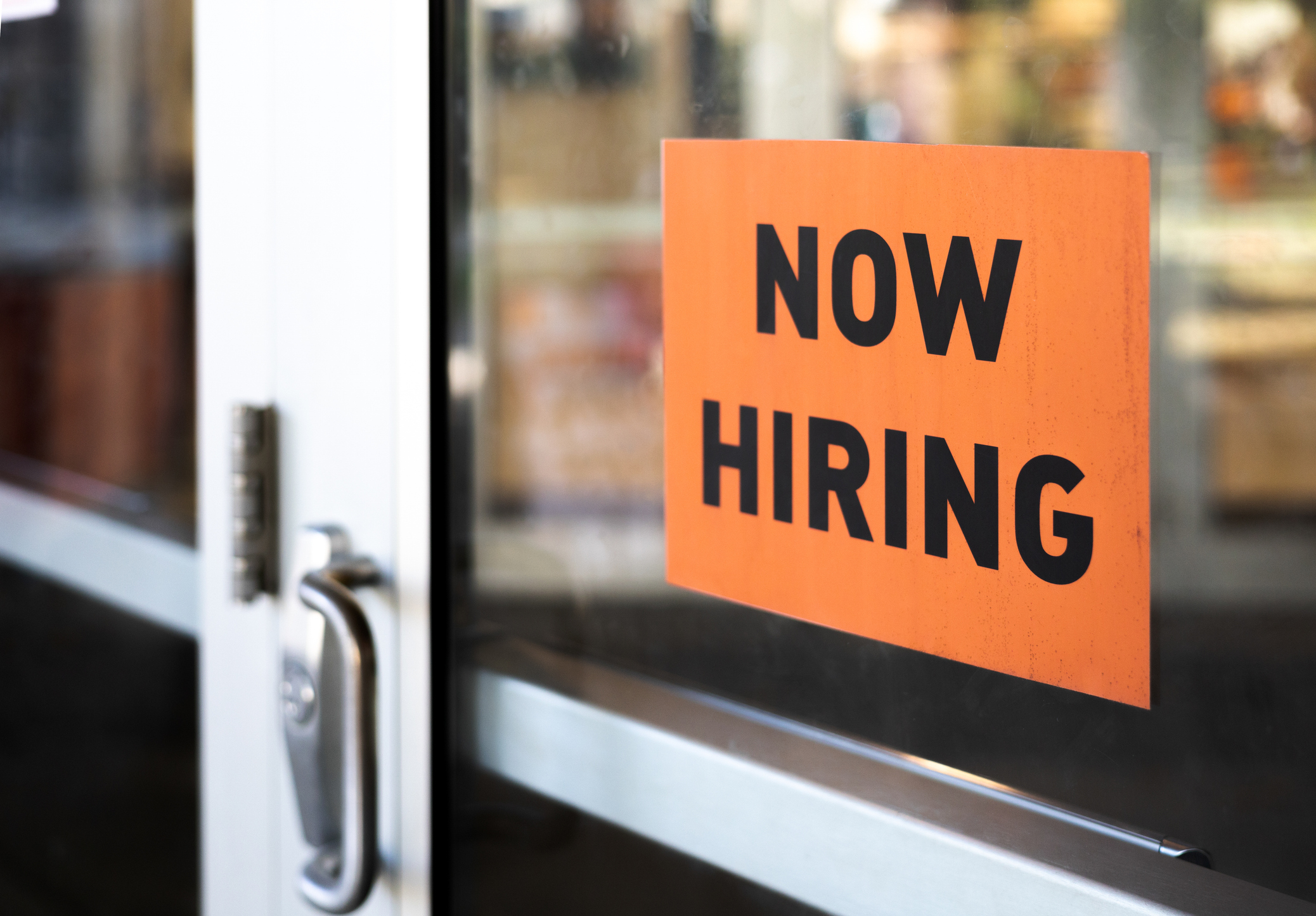
The Job Openings and Labor Turnover Survey (JOLTS) released this morning by the Bureau of Labor Statistics (BLS) topped expectations and kicked off a busy week of jobs data.
The mid-morning report showed the number of job openings ticked slightly higher in May, to 8.1 million from 7.9 million in April. The April number was revised lower by 140,000 from its initial release last month. The data also revealed that the job openings rate ticked higher to 4.9% in May from 4.8% in April.
The JOLTS number for May beat economists' expectations. According to Comerica, job openings were estimated to decline to 7.9 million.
"Job openings were slightly higher than expected in May, though the upbeat message was partially offset by downward revisions to April's openings," said Bill Adams, chief economist at Comerica.
Adams notes that the JOLTS data gives context to Wall Street, allowing it to "understand why the job market is doing what it's doing. That context shows that the gradual slowdown in U.S. job growth over the last few years is due to a much bigger slowdown in labor market churn, meaning fewer people quitting jobs and being hired by other employers."
The economist adds that slowing wage growth – a measure of inflation – can be attributed to the slowdown in the job market, since "getting a new job is a big driver of wage growth."
Job openings data hits ahead of June jobs report
The next big economic report is the Employment Situation Summary – also known as the jobs report or nonfarm payrolls report – which will be released by the Bureau of Labor Statistics at 8:30 am Eastern this Friday.
"The jobs report gives us a comprehensive look at the labor market, which is ultimately what fuels consumer spending," writes Dan Burrows, senior investing writer at Kiplinger, in his feature "When Is the Next Jobs Report?". "Recall that consumer spending accounts for about two-thirds of all U.S. economic activity, and you can see why the jobs report has always been front and center."
More recently, jobs data and wage pressures have made the Federal Reserve anxious about cutting interest rates. "Cut too soon, with a healthy economy and labor market as the backdrop, and inflation could accelerate again, the thinking goes.," Burrows adds.
According to CME Group's FedWatch Tool, futures traders are currently pricing in a 63% chance the Fed will issue its first quarter-point rate cut in September, up from 47% one month ago.







